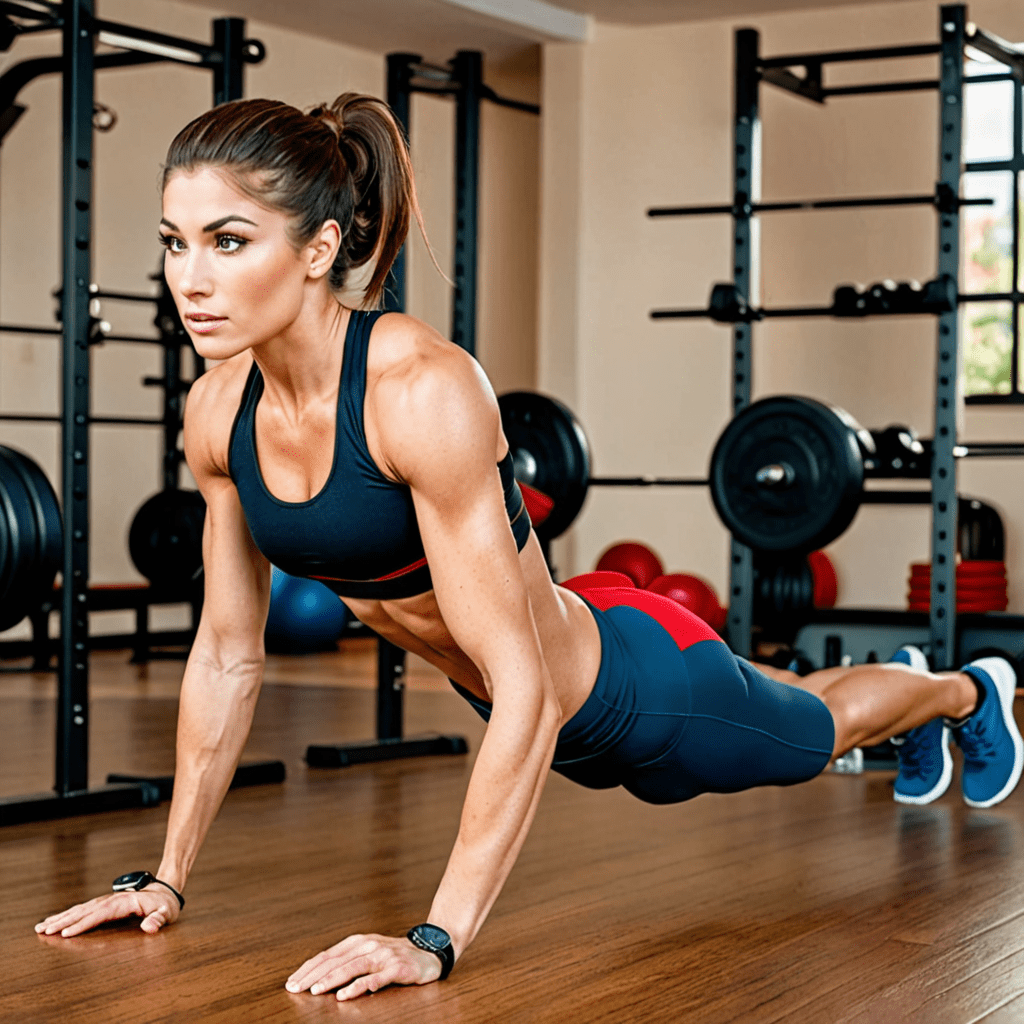All About the High Bar Squat: Benefits, Technique, and Muscles Worked
What is a High Bar Squat?
The high bar squat is a popular strength training exercise that targets several muscle groups, including the quadriceps, glutes, and hamstrings. It involves placing the barbell on the upper traps, near the base of the neck, while performing a squatting motion.
Benefits of High Bar Squat
The high bar squat offers numerous benefits for both beginners and advanced lifters:
- Increased leg strength and muscle development
- Improved balance and stability
- Enhanced mobility and flexibility
- Engagement of multiple muscle groups simultaneously
- Functional strength for daily activities
- Improved athletic performance
Proper Technique
Executing the high bar squat with correct form is crucial to prevent injuries and maximize results. Follow these steps for proper technique:
- Start with feet shoulder-width apart and toes pointed slightly outward
- Place the barbell on the upper traps, not the neck
- Keep the chest up and engage the core
- Initiate the movement by bending at the hips and knees simultaneously
- Descend until your thighs are parallel to the ground or slightly below
- Push through the heels to return to the starting position
- Breathe in on the way down and exhale on the way up
Muscles Worked
The high bar squat primarily targets the following muscle groups:
- Quadriceps
- Glutes
- Hamstrings
- Calves
- Core
- Lower back
Frequently Asked Questions (FAQ)
1. Is the high bar squat suitable for beginners?
Yes, the high bar squat can be performed by beginners, but it is essential to start with lighter weights and focus on mastering proper form before progressing to heavier loads.
2. Can the high bar squat help with weight loss?
The high bar squat is a compound exercise that can contribute to weight loss by increasing overall calorie expenditure and supporting muscle growth. However, it should be combined with a balanced diet and an appropriate exercise routine for optimal results.
3. Are there any alternatives to the high bar squat?
Yes, if you find the high bar squat uncomfortable or have limitations that prevent you from performing it, alternatives such as the goblet squat or front squat can be equally effective in targeting the same muscle groups.
4. Can the high bar squat cause knee pain?
Knee pain during the high bar squat can occur due to improper form or pre-existing knee conditions. It is crucial to consult with a qualified fitness professional or physical therapist to address any concerns and ensure proper technique.
5. How often should I incorporate the high bar squat into my workout routine?
The frequency of including high bar squats in your workout routine depends on various factors, such as your overall fitness goals, training experience, and recovery abilities. It is recommended to start with 2-3 sessions per week, allowing for adequate rest and recovery between sessions.

